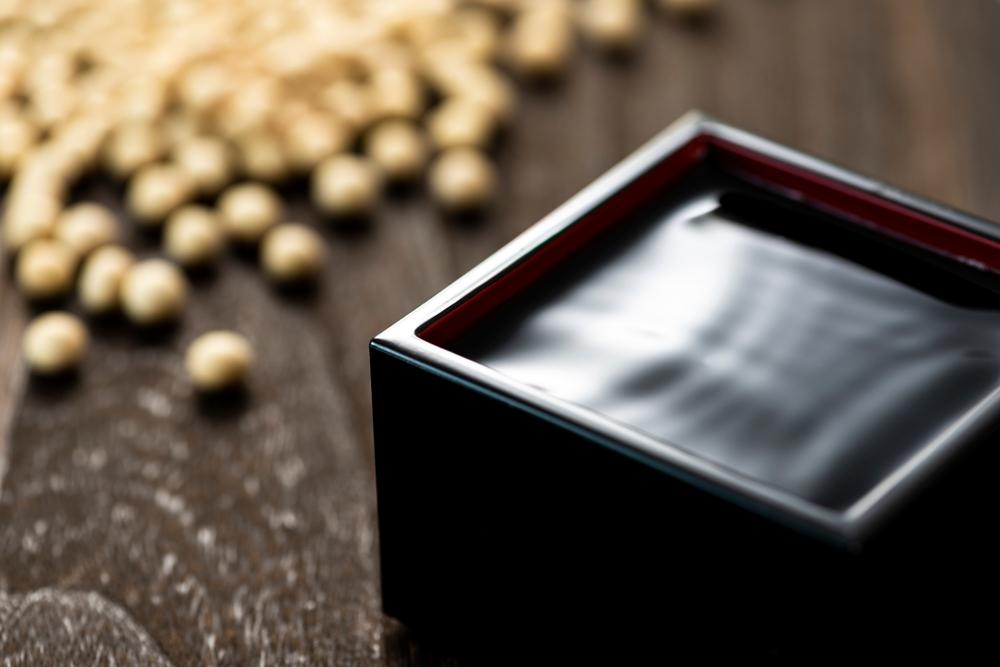In this series, we ask chefs about the secret ingredients they love, and how you can use them at home. Here, Judy Joo, London-based restaurateur, celebrity chef, and author of “Korean Food Made Simple,” schools us on soy sauce—the real stuff.
Secret Ingredient: Soy sauce, or ganjang, is only one of the many fermented ingredients used in Korean cooking, but it’s one of the most versatile. Naturally aged soy sauces are best, and the older and higher quality the soy sauce, the deeper the umami flavor.






